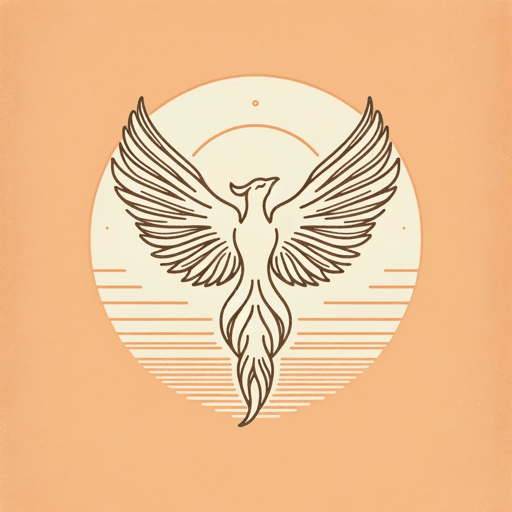42 pages • 1 hour read
D. H. LawrenceThe Rainbow
Fiction | Novel | Adult | Published in 1915A modern alternative to SparkNotes and CliffsNotes, SuperSummary offers high-quality Study Guides with detailed chapter summaries and analysis of major themes, characters, and more.
Summary and Study Guide
Overview
The Rainbow (1915) by D. H. Lawrence follows three generations of the Brangwen family in Nottinghamshire, England, during the Second Industrial Revolution. The novel covers approximately 65 years in the Brangwens’ agricultural dynasty and explores how each generation changes in the face of modernity and industrial progress. The novel’s depiction of sexual desire and its role in the protagonists’ relationships and spiritual lives led to The Rainbow being the center of an obscenity trial a few months after its publication. Over 1,000 copies of the novel were seized and burned, and it was unavailable in England for a decade.
D. H. Lawrence originally conceived of The Rainbow and its 1920 sequel Women in Love as one longer novel. Ursula Brangwen’s quest for personal and spiritual fulfillment continues in Women in Love, in which she is also a protagonist. This study guide uses the 2007 Penguin Classics edition of the novel, edited by Mark Kinkead-Weekes, with an introduction by James Wood.
Plot Summary
The Rainbow explores coming of age, the shift from an agricultural to an industrial economy, religion, and family relationships—particularly marriage—through the changing attitudes of three generations.
The first section of the novel follows Tom Brangwen’s young adulthood and his marriage to Lydia Lensky. Lydia is a Polish refugee who has already buried two children and a husband. She is sexually attracted to Tom but fears becoming subservient to another husband. Their cultural differences and Tom’s insecurities make their marriage difficult at times, and the distance between them leads Tom to develop a close bond with his stepdaughter, Anna. He relies on the child to build up his self-confidence, which is boosted when she grows to regard him as a father. Tom struggles with alcohol use and with feelings of purposelessness, and Lydia becomes increasingly indifferent to him when she is pregnant with their first child. After a heated argument, Tom and Lydia realize they are each neglectful of the other, and this leads to their reconciliation.
The novel’s second section follows Anna Brangwen as she comes of age, attends school, and marries Will Brangwen, her step-cousin. Anna begins attending school but struggles to form close friendships with her peers. As she enters her late teens, she feels increasingly distant from her mother. She also begins to question organized religion. She meets Will when she is 18, feels very attracted to him, and they begin seeing each other secretly. Will is a talented craftsman who gives her a butter stamp with a phoenix on it. When the two decide to marry, her parents object, and Anna wounds Tom by yelling that he isn’t her real father. Tom relents and offers them shares in the farm, and his relationship with Anna mends.
Will and Anna’s marriage becomes volatile and verbally abusive as soon as they break the solitude of their honeymoon with her decision to host a tea party. Will is religious, but Anna is not, and she regularly questions his beliefs. Their arguments lead him to burn the Adam and Eve wood carving that he has worked on diligently over a long period of time. The marriage has periods of tenderness interspersed with stages in which Anna longs for him to leave her alone and he struggles with “dark” moods. When Anna realizes she is pregnant, she is uncertain whether he will be happy to hear the news. They have an intense argument when he finds her dancing naked during her pregnancy. Will considers leaving her but decides he loves her too much to go away. He eventually attempts to be unfaithful to his wife, but the other woman rejects him. When he returns home, his wife senses a change in him, and they experience a new passion.
Will forms a close bond with their eldest daughter, Ursula, after Anna becomes consumed with the responsibilities of taking care of their second child, who is conceived before Ursula is 10 months old. His relationship with the child cycles through periods when Will dotes on her and times when he rejects her. Their bond fractures permanently when Will punishes Ursula by striking her in the face with a dusting cloth. Anna embraces motherhood, finding “bliss” in the birth of her children, and Ursula grows to despise her for not seeking independence. Will and Anna eventually settle into a more peaceful marriage.
The final section of the novel follows Ursula Brangwen’s late teenage years and early 20s, when she meets Anton Skrebensky and falls in love. Ursula longs for an independent life and fears the domesticity that her mother embraces. She questions the church and finds its teachings don’t always serve her well, as when she turns the other cheek in a fight, only to end up being slapped on both sides of her face. She begins spending time with Anton and feels an intense passion for him. However, her desire for him fades as he leaves to fight in the Boer War. Ursula admires her teacher, Winifred Inger, who initiates a sexual relationship with her. When Ursula’s passion for her begins to wane, she arranges for Winifred to meet her uncle Tom, and they become engaged, as Ursula hoped.
When Ursula becomes a teacher, she continues to strengthen her sense of self, attending suffragette events with a friend. She eventually pursues a college degree, but Anton returns during her third year of college. He is set to begin a 6-month deployment in India and wants her to go with him. They resume their relationship, he asks her to marry him, and she travels to France with him, failing her exams when she returns. Ursula breaks her engagement, longing to remain free. Unknown to her, Anton quickly marries someone else prior to leaving for India. Ursula begins to fear she might be pregnant and returns to her family’s home. She writes to Anton with this news. After being bedridden for several weeks following a fall and an illness and learning in this period that Anton is married and she is not pregnant, Ursula sees a rainbow outside and feels hopeful for her future.
Related Titles
By D. H. Lawrence

Daughters of the Vicar
D. H. Lawrence
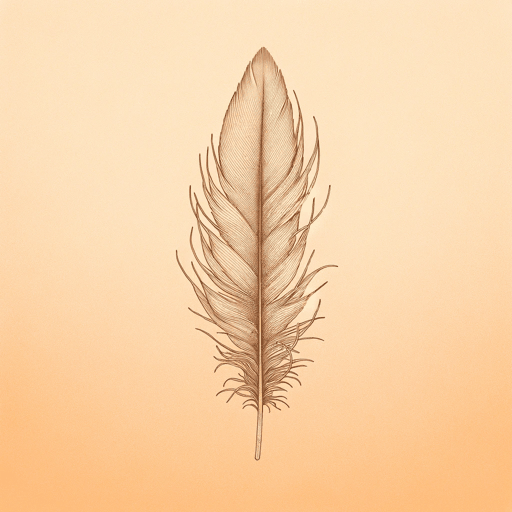
Lady Chatterley's Lover
D. H. Lawrence
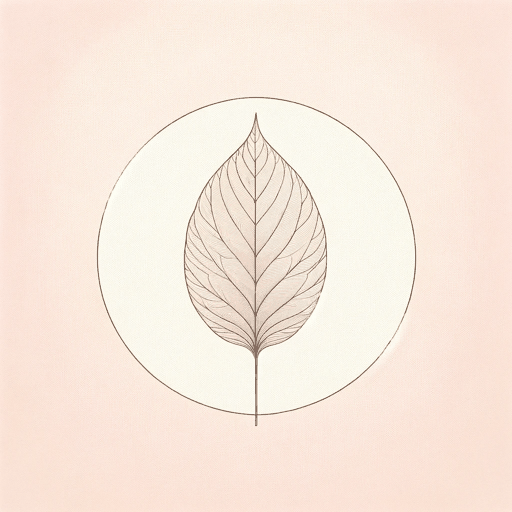
Odour of Chrysanthemums
D. H. Lawrence
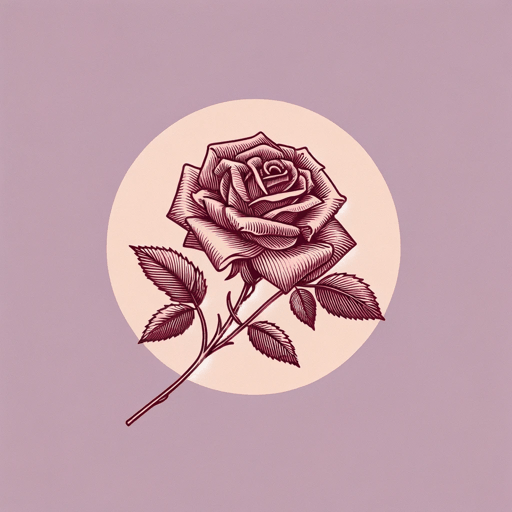
Sons and Lovers
D. H. Lawrence

The Blind Man
D. H. Lawrence

The Horse Dealer's Daughter
D. H. Lawrence

The Lost Girl
D. H. Lawrence

The Prussian Officer
D. H. Lawrence
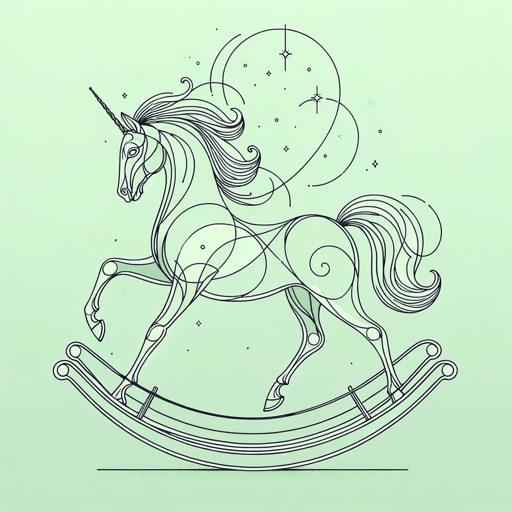
The Rocking Horse Winner
D. H. Lawrence
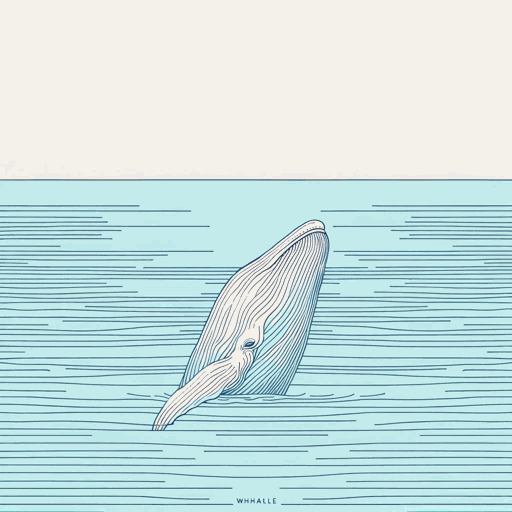
Whales Weep Not!
D. H. Lawrence
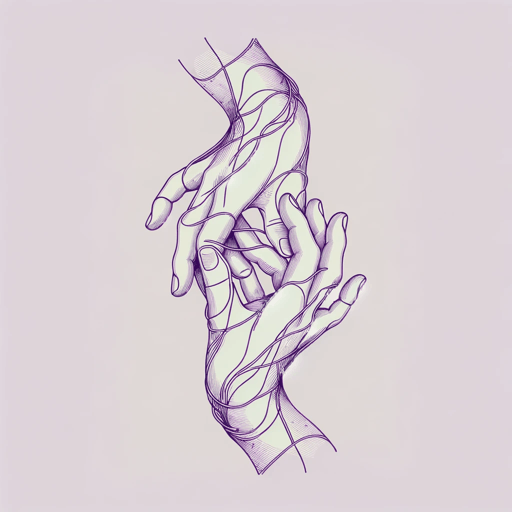
Women In Love
D. H. Lawrence
